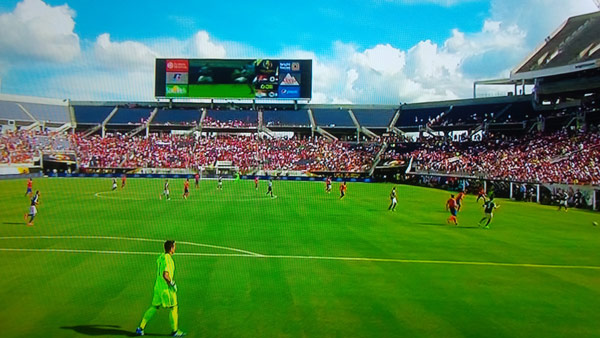
This month, soccer is available to the average American soccer fan virtually all parts of the day with three European Cup games on in the morning and afternoon capped off by two Copa America games at night. It’s beautiful isn’t it? It makes you appreciate the ‘worldly’ aspect of the game. But does it provide too much convenience to the average fan? So much so that he or she would not get up off the couch and see a game in person?
As the first round of Copa America comes to a close tonight, and as the first round of Euro 2016 begins, a bit of an alarming trend has become apparent in the stands on this side of the pond. A significant number of seats are empty.
The story lines of the first round were not the problem. We witnessed a United States team with little expectations finish at the top of Group A. Colombia was handed a stunning 3-2 loss to Costa Rica setting up a potential matchup with a Brazil team that was even more stunned by a controversial goal at the hands of upstart Peru to be sent home after one measly round. We saw the spirited frustration of Luis Suarez as he could only watch from the sidelines as his countrymen from Uruguay would exit this tournament early as well. And of course, we saw Lionel Messi dazzle in the limelight with a hat trick despite entering the game as a second half substitute. In most of these cases, you could not ask for a better sequence of events.
The real problem could be a combination of factors. One could be the low expectations for this US team. In the past quarter century, the US has given the nation pride with spirited performances in the World Cups in South Africa and Brazil, possibly reaching a plateau with the heartfelt performance of Tim Howard against Belgium in the World Cup knockout round in 2014. But since 2014 most of the news surrounding the national team has been negative. They finished in fourth place on their home turf in the 2015 Gold Cup, a tournament they usually dominate. Small Caribbean countries like Jamaica and Haiti were no longer easy matchups; the island nations were highly competitive, sometimes even better. The US had gradually ascended into a North American juggernaut from 1990 to 2014. Suddenly, all progress appeared to be lost. But here we are in 2016, and as usual, head coach Jurgen Klinsmann has somehow lit a fire under this team again at the most unexpected moment.
Another factor could be the lack of star power. Before Brazil flamed out of the tournament in spectacular fashion, they were playing without the face of the squad, Neymar. Talented striker, and habitual opposition biter, Luis Suarez was injured or listed as injured in all three matches for Uruguay. Even Argentine sensation Lionel Messi was used as a substitute rather than a starter due to an injury he sustained before the tournament. You could call it bad timing, but without the stars to advertise, smaller nations like Panama, Haiti, and Venezuela have never been crowd pleasers. Unfortunately, Brazil and Uruguay’s eliminations in the group stages could continue to have an adverse attendance in the more meaningful knockout round matches.
A third factor could be these over-sized stadiums hosting games. The last Copa America in Chile averaged around 25,000 fans per game, and the previous Copa America in Argentina averaged just under 35,000 fans per game. After 20 games in this year’s tournament, the US average is significantly higher at just above 40,000, with some clear outliers. Despite statistically better turnouts, hosting games in 70,000 to 80,000 seat stadiums makes for a poor aesthetic.
And finally, the biggest factor could be TV coverage. Univision is reportedy averaging 2.8 million viewers per game while Fox Sports 1 is averaging just over 800,000 viewers per game. According to Nielsen Media Research, over 2 million viewers watched the US defeat Paraguay 1-0 to advance to the next round, the most watched men’s soccer match in Fox Sports One history. Yet on TV, you could see whole swathes of sections empty in the upper tiers of Lincoln Financial Field.
In all United States sporting events, going to the game has been marketed as an experience. An experience unlike sitting at home and watching on your TV. Instead of just seeing two century long rivals face off in a battle for glory, you could feel it. Live it. But at what cost?
The price of a TV subscription is relatively low compared to the price of a premium Copa America ticket. Currently on Stubhub, the cheapest ticket to the Copa America Centenario Final in East Rutherford, NJ two weeks from now is just over $300. For almost half that price, you could enjoy a month’s subscription to the cable provider of your choice with access to every game of the tournament on your TV, on your tablet, on your computer, and on your mobile phone at all times of day, alone or with friends and family in the comfortable confines of your home. With the right sound system, and with the right TV, the experience at home could be extravagant on its own. And with all the freedom available to you of watching the game anytime, anywhere, why on Earth would you trek through traffic and parking attendants to see Jamaica play Uruguay?
The organizers of this tournament have learned some unfortunate new realities about soccer in America. Just like with regular television, fans have choice now. The capacity crowds of the 1994 World Cup didn’t have a smartphone and live stream of the event in prime-time. The skeptical “wow me” fans of 2016 do. Unless Mexico plays the US in the final, the remaining tickets at MetLife Stadium have a poor chance of being sold at face value. Welcome to the new age of international soccer in America.
REFERENCES
http://www.starsandstripesfc.com/2016/6/13/11920118/usa-paraguay-copa-america-match-breaks-tv-viewing-record
http://www.newsy.com/videos/don-t-get-too-worried-about-attendance-at-the-copa-america/
http://www.concordmonitor.com/Copa-America-soccer-attendance-2828093

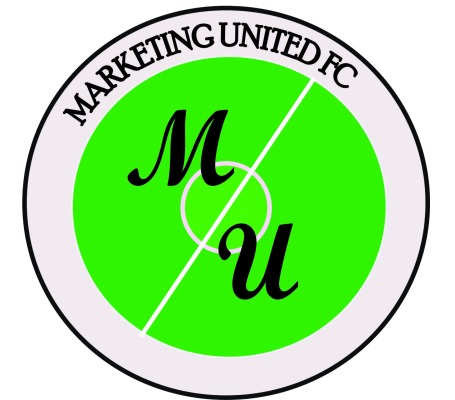
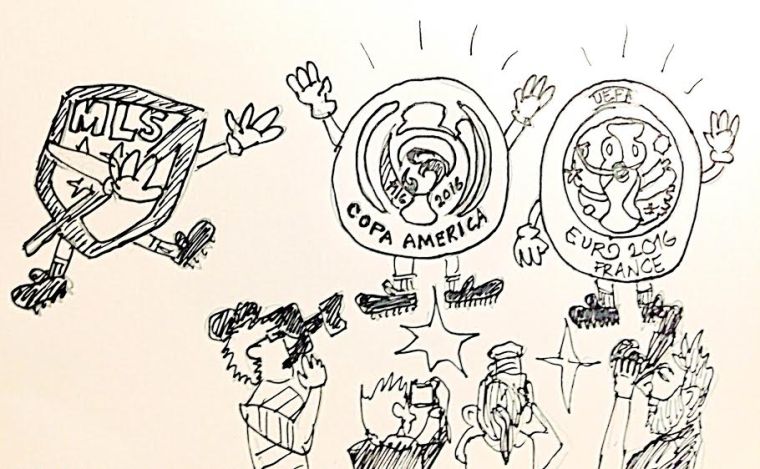 We are currently three months into the MLS’s 21st season, on the heels of a successfully hosted Copa America Centenario, and now seems like as good as time as any to have a status report on how things are going. After all, if MLS was a living, breathing human being, it’s finally old enough to buy a beer now. Could this be a sign of more lucrative beer sponsorships to come? And can MLS finally get over the heavily coveted TV ratings hump that has been dogging the league for years?
We are currently three months into the MLS’s 21st season, on the heels of a successfully hosted Copa America Centenario, and now seems like as good as time as any to have a status report on how things are going. After all, if MLS was a living, breathing human being, it’s finally old enough to buy a beer now. Could this be a sign of more lucrative beer sponsorships to come? And can MLS finally get over the heavily coveted TV ratings hump that has been dogging the league for years?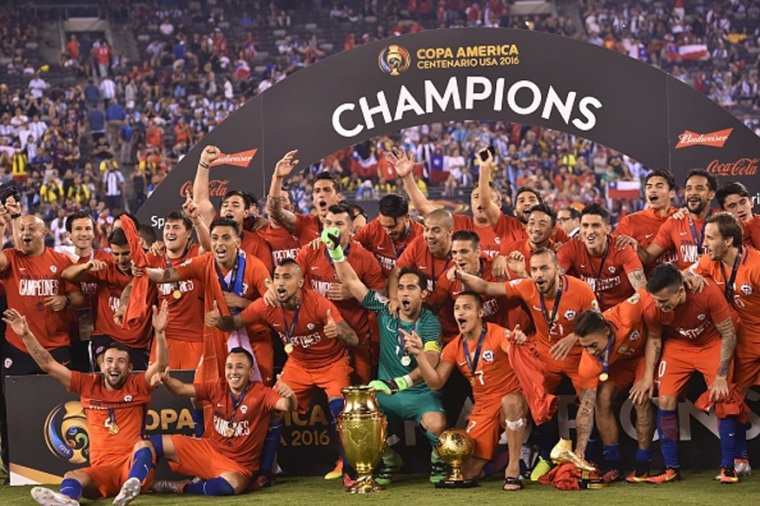 Last night the Copa America Centenario came to a close with Chile defeating Argentina in a penalty shootout after a 0-0 draw. This was almost an exact replica of Copa America 2015 when Chile defeated Argentina in a penalty shootout after a 0-0 draw. The difference? The United States does it bigger, and does it better.
Last night the Copa America Centenario came to a close with Chile defeating Argentina in a penalty shootout after a 0-0 draw. This was almost an exact replica of Copa America 2015 when Chile defeated Argentina in a penalty shootout after a 0-0 draw. The difference? The United States does it bigger, and does it better.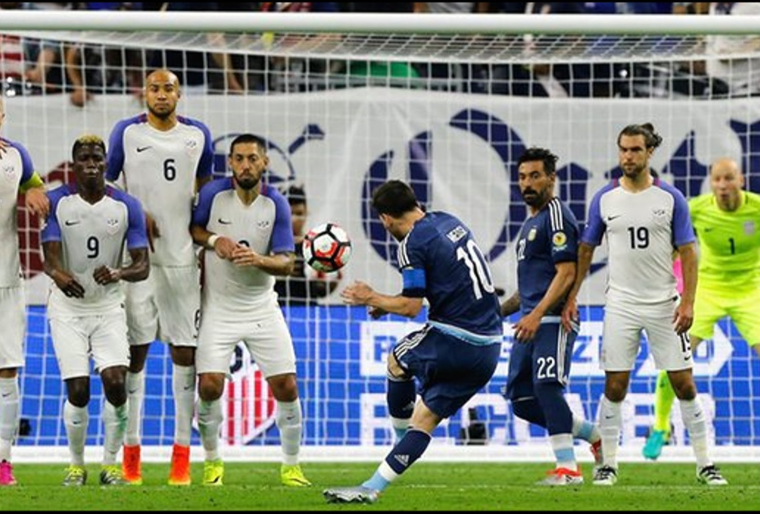 Last night, we witnessed Lionel Messi and Argentina embarrass the U.S. Men’s National Team, 4-0 on its home turf in Houston, Texas in the semifinals of the Copa America Centenario. Without debate, it was the biggest game for the USMNT since its 2-1 extra time defeat to Belgium in the 2014 World Cup. Unfortunately, there appeared to be a lot less positive takeaways this time around. But if we dig really hard, here is what we can find:
Last night, we witnessed Lionel Messi and Argentina embarrass the U.S. Men’s National Team, 4-0 on its home turf in Houston, Texas in the semifinals of the Copa America Centenario. Without debate, it was the biggest game for the USMNT since its 2-1 extra time defeat to Belgium in the 2014 World Cup. Unfortunately, there appeared to be a lot less positive takeaways this time around. But if we dig really hard, here is what we can find: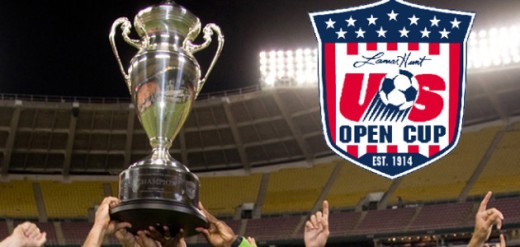

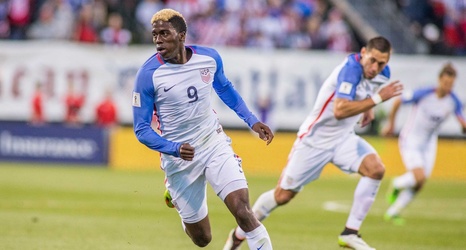
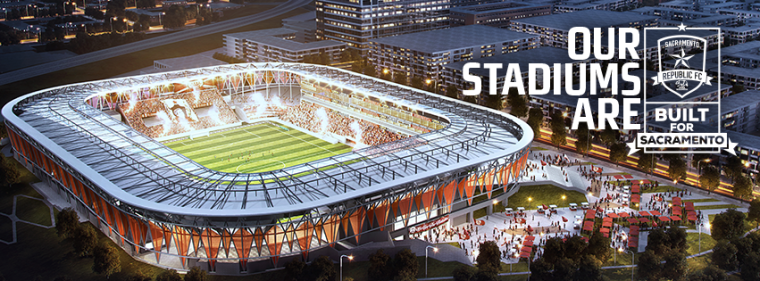 During a recent fan fest held in Sacramento, MLS Commissioner Don Garber announced that the next round of MLS expansion would most likely occur in the year 2020 after Los Angeles FC, Atlanta United, Minnesota United, and ideally Miami Beckham United, have all entered the league. One of the biggest potential candidates would have to be the Sacramento Republic which already draws an average of 10,000 fans per game and possibly has the backing to get a new stadium deal completed in time for 2020. This conversation has happened since before the team started play in 2014. Don Garber has even called Sacramento “MLS ready” multiple times as evidence of all the pieces it already has in place. But will it become a reality?
During a recent fan fest held in Sacramento, MLS Commissioner Don Garber announced that the next round of MLS expansion would most likely occur in the year 2020 after Los Angeles FC, Atlanta United, Minnesota United, and ideally Miami Beckham United, have all entered the league. One of the biggest potential candidates would have to be the Sacramento Republic which already draws an average of 10,000 fans per game and possibly has the backing to get a new stadium deal completed in time for 2020. This conversation has happened since before the team started play in 2014. Don Garber has even called Sacramento “MLS ready” multiple times as evidence of all the pieces it already has in place. But will it become a reality?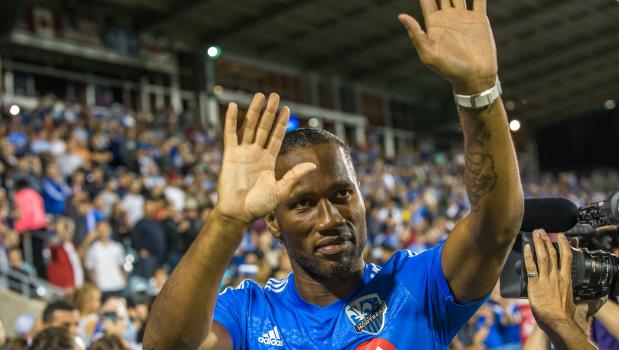 The new season is already underway, and with it comes a lot of uncertainty. Which team will surprise us the most? Can the Portland Timbers repeat their performance in 2015? Will the LA Galaxy continue their dominance over the league? Will the Seattle Sounders finally win a well deserved title for their passionate fans? But most importantly, will the attendance and TV viewership continue to grow?
The new season is already underway, and with it comes a lot of uncertainty. Which team will surprise us the most? Can the Portland Timbers repeat their performance in 2015? Will the LA Galaxy continue their dominance over the league? Will the Seattle Sounders finally win a well deserved title for their passionate fans? But most importantly, will the attendance and TV viewership continue to grow?